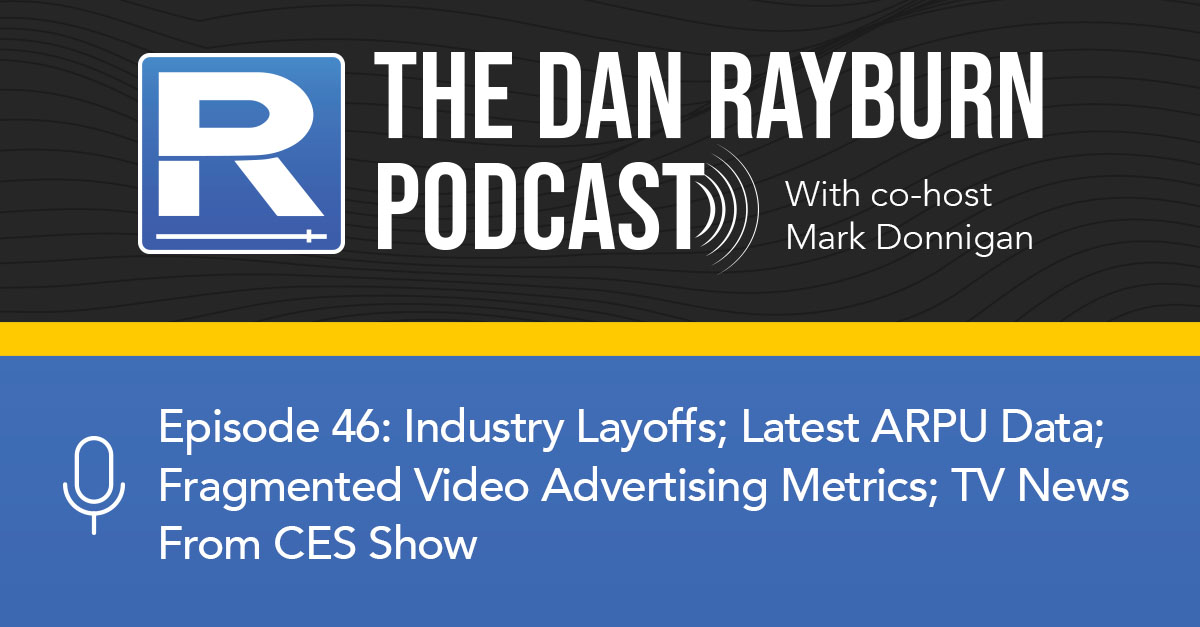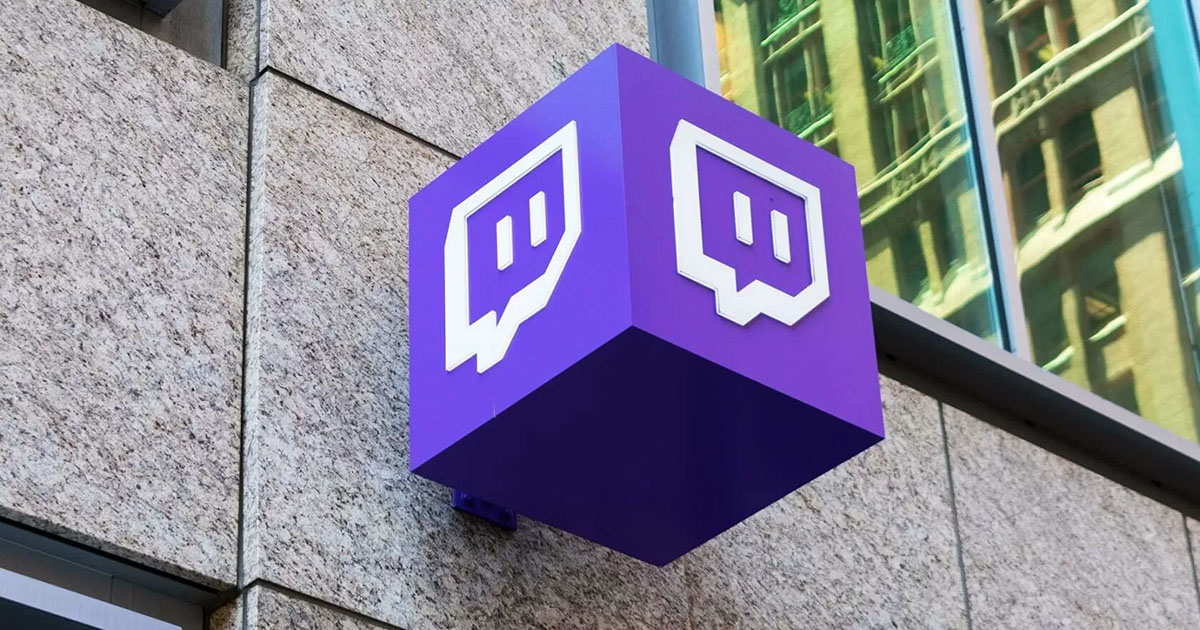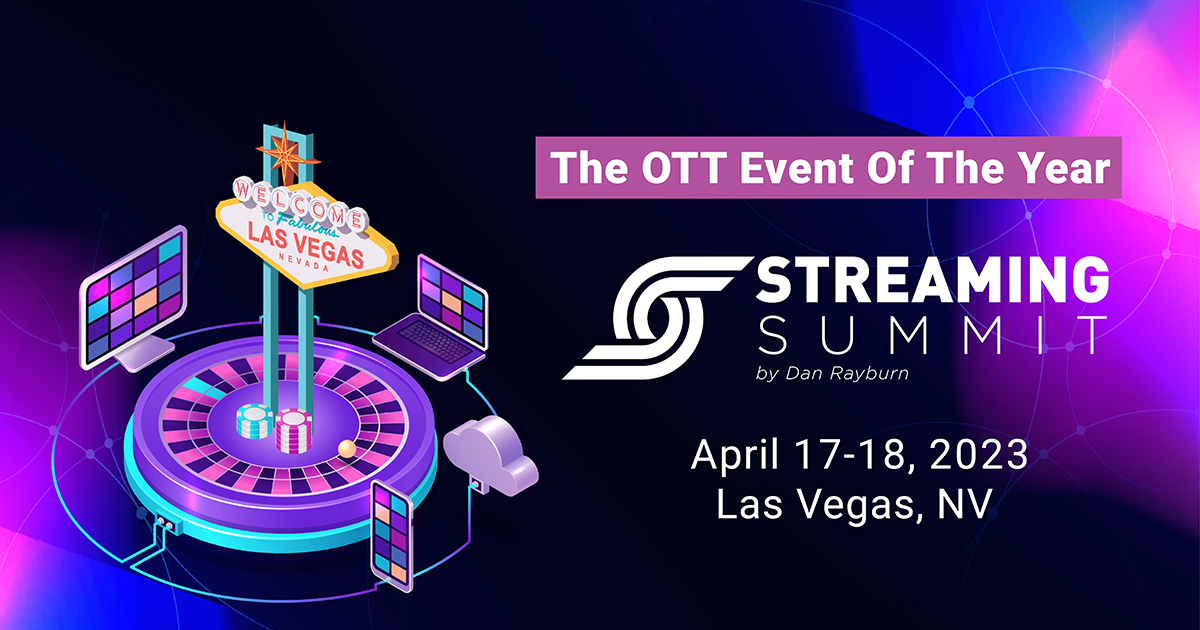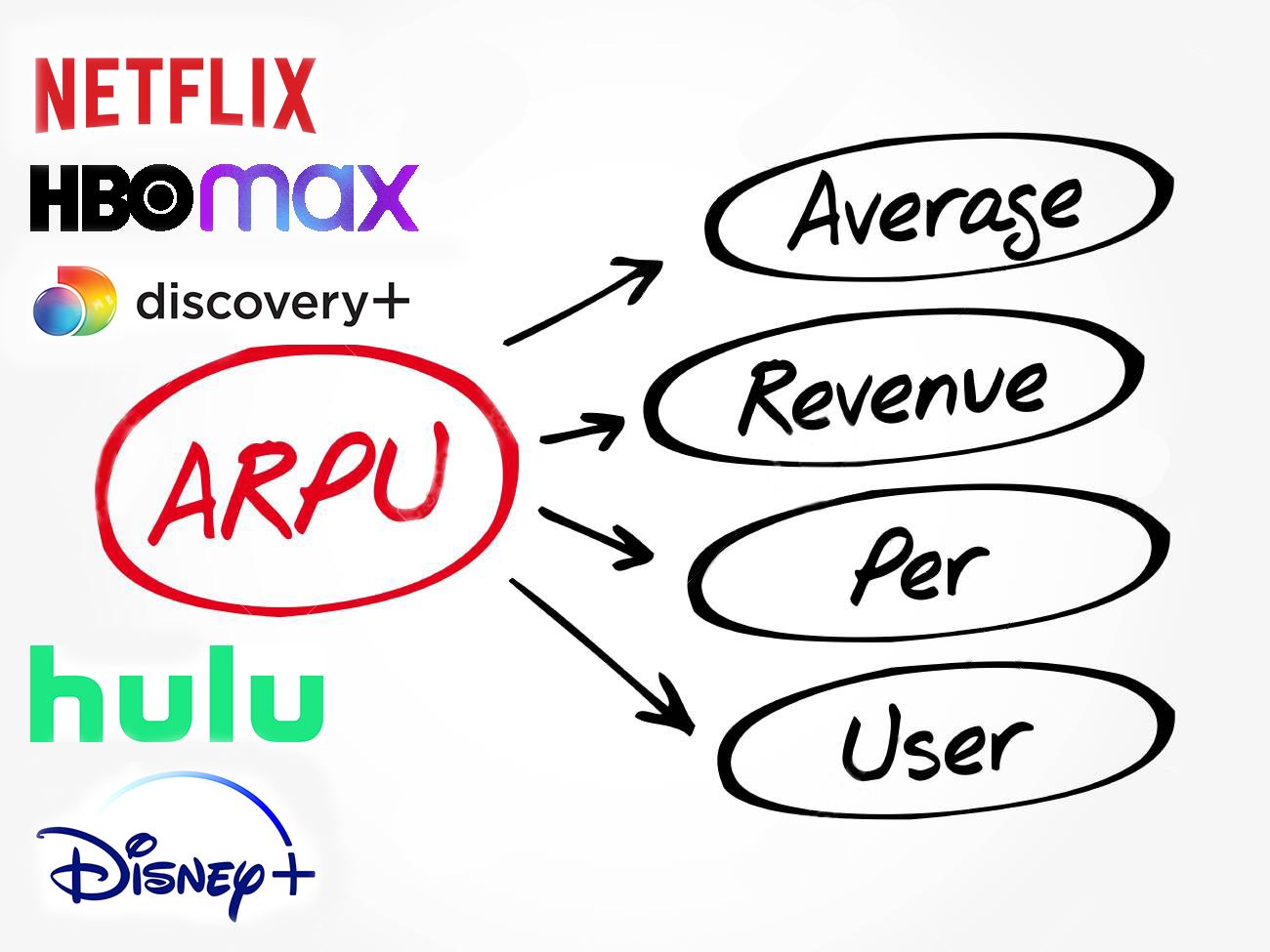
[Updated November 25, 2024] Over the past 18 months, we’ve seen a lot of changes in the CDN vendor landscape. Below is an updated list of vendors I am tracking in the market that offer commercial CDN services to deliver video for content owners and vendors that provide CDN platforms for deployment inside telecom networks or DIY CDN buildouts. (list is at: www.cdnlist.com) At the bottom of the post is the history of all the CDN vendors tied to video delivery, nearly 100 dating back to 1994, along with what happened to the companies. For almost 20 years, I have been offering free help to any CDN customer who has questions on their CDN deployment, including vendor selection, latest pricing, creating an RFP, CDN technologies, etc., so feel free to reach out to me at if I can help. If you want to know more about the size of the CDN market, see my post from July 2024 at www.cdnmarket.com (Global CDN Services Market About $5B in 2023, Expected To Grow 3% In 2024, Driven by AWS)
With this vendor list comes a LOT of caveats, which are essential to note. The term “CDN” means many things to people and is an umbrella term that covers the delivery of many different types of content. Not all commercial CDNs specialize in delivering the same type of content for small objects, large objects, streaming, etc., and many CDNs offer a lot of other services in the cloud security, edge, and application realm. Just because all the vendors are on this list together does NOT mean they can be compared apples-to-apples! Customers have to drill down into specific requirements around their performance needs, capacity, regions of delivery, SLA, etc., and then use those metrics to compare which CDN vendors genuinely have a similar offering. Some CDNs target SMBs (small and medium businesses) where pricing could be as low as $100 a month, and still other CDNs won’t even quote a customer under $5,000. There is no one-size-fits-all, and the differences between CDNs can vary widely, especially regarding capacity in specific geographic regions outside North America. PoPs on a map do not equal capacity or guarantee performance.
For my list, I am including CDN vendors who deliver video as part of their core services but not resellers, like a hosting provider that white-labels a CDN provider. I’m also not including “most” telcos and carriers that have their own CDN, what we call DIY, since most of them don’t resell it as a service but instead, use it to deliver content within their own network. There are more than 100 telcos, ISPs and carriers worldwide that have a combination of their own CDN or a hybrid model that mixes in commercial CDNs, so there are simply too many of them to list.
I am not listing vendors by network size, number of customers, etc., but rather in alphabetical order. That said, if you strip out the vendors in China, the top 5 commercial CDNs globally, in order of revenue tied to CDN (note I didn’t say “video” revenue), would be 1. Akamai, 2. Amazon, 3. Edgio, 4. Lumen and 5. Fastly.
Every time I make this list, I get companies that say they are missing. If you think you should be listed, contact me at dan@danrayburn.com, and I will review your company. But please note, if you have a website with no info, no details on the executives, no customers mentioned, dead links, have pricing at $10 a month and call yourself an “enterprise” solution, you won’t be added. I also don’t accept payment to add a company to the list.
Companies Offering Video CDN Delivery Services or Platforms
History Of CDN Vendors and What Happened to Them
In addition to the current CDN vendors in the market, I think it’s important to remember how the CDN industry got to where it is today. Many CDNs raised tons of money but didn’t have a business model; some only focused on selling at the lowest price, and many had technology that simply didn’t work. The CDN market has been through many hard times over the past 25 years, and here’s a running list of what happened to all the vendors.
- Activate.net (acquired by CMGI Oct. 1999)
- Advection (closed down, exact date unknown, looks to be 2017)
- Adero (acquired by Intokmi Dec. 2000)
- Aerocast (acquired by Motorola in 2002, then shut down)
- Aflexi (acquired by OnApp August 2011)
- Ankeena (acquired by Juniper April 2010)
- Bandcon (acquired by Highwinds July 2010)
- BigBand Networks (acquired by Arris Oct. 2011)
- BitGravity (acquired by Tata Communications Jan. 2011)
- Blackwave (acquired by Juniper Oct. 2010)
- Blaze (acquired by Akamai Feb. 2012)
- Broadcast.com (acquired by Yahoo! April 1999)
- Burst.com (shut down in 2002, turned focus to enforcing patents)
- BNI Video (acquired by Cisco Oct. 2011)
- Cable & Wireless (withdrew from the U.S. 2002, sold U.S. company to SAVVIS)
- CacheLogic (changed name to Velocix Feb. 2008)
- CDNetworks (acquired by KDDI Oct. 2011 / re-acquired by ChinaNetCenter Feb. 2021)
- CDNVideo (acquired by ChinaNetCenter Feb. 2021)
- CenturyLink (changed name to Lumen Sept. 2020)
- Cidera (went out of business Jan. 2001, formerly named SkyCache)
- Cotendo (acquired by Akamai Nov. 2011)
- Digital Fountain (acquired by Qualcomm Feb. 2009)
- Digital Island (acquired by Cable & Wireless May 2001)
- DigitalPipe (went out of business sometime in 2001)
- Dyn (acquired by Oracle Nov. 2016)
- EdgeCast Networks (acquired by Verizon Jan. 2014 / re-acquired by Limelight Networks June 2022)
- Edgio (delivery contracts acquired by Akamai, Uplynk acquired by Lynrock November 2024)
- E-media (acquired by Streaming Media Corp. in 2002)
- Ericsson Edge Gravity (closed down June 2020)
- Escene Networks (acquired by Intokmi June 2001)
- FastForward Networks (acquired by Intokmi Sept. 2000)
- Fastweb(acquired by 21ViaNet in Sept. 2012)
- FastSoft (acquired by Akamai in Sept. 2012)
- Globix (chapter 11 Jan. 2002, hosting/media services sold to QTS Oct. 2006)
- Grid Networks (merged with GMS April 2009)
- Hibernia Networks (acquired by GTT Jan. 2017)
- Highwinds (acquired by Stackpath Jan. 2017)
- Ibeam (went chapter 11 Oct. 2011, assets acquired by Williams Communications)
- Intel (closed down offering in 2002)
- Intervu (acquired by Akamai Feb. 2000)
- Itiva (went out of business sometime in 2010)
- itv.net (acquired by PopCast in 1999)
- Instart Logic (acquired by Akamai Feb. 2020)
- Inktomi (acquired by Yahoo! Dec. 2002)
- Level 3 (acquired by CenturyLink Nov. 2017)
- Lilac Cloud (acquired by F5 Q2 2023)
- Limelight Networks (changed name to Edgio June 2022)
- Lumen (excited the CDN business Oct. 2023 selling off select contracts to Akamai)
- MaxCDN (acquired by StackPath July 2016)
- Microcast (chapter 11 Dec. 2000)
- Mirror Image (closed down Dec. 2017)
- Move Networks (put assets up for sale June 2010)
- Octoshape (acquired by Akamai April 2015)
- Oversi (acquired by Allot Communications Sept. 2012)
- Panther Express (acquired by CDNetworks Feb. 2009)
- PeerApp (acquired by ZephyrTel Telecommunications July 2018)
- Real Broadcast Network (closed down by RealNetworks Q1 2010)
- Red Swoosh (acquired by Akamai April 2007)
- Sandpiper (acquired by Digital Island Oct. 1999)
- Savvis (exited the space by selling CDN assets to Level 3 Dec. 2006)
- SightPath (acquired by Cisco in 2000)
- SkyparkCDN (acquired by G-Core labs in 2017)
- Skytide (acquired by Citrix Dec. 2013)
- Servecast (acquired by Level 3 July 2007)
- Speedera (acquired by Akamai March 2005)
- St3 (went out of business Jan. 2002)
- StackPath (exited CDN business Aug. 2023 with Akamai acquiring approximately 100 enterprise customer contracts)
- Strangeloop Networks (acquired by Radware Feb. 2013)
- Streaming Media Corp (renamed Nine Systems, acquired by Akamai Sept. 2006)
- Streamroot (acquired by CenturyLink Sept. 2019)
- StreamPipe (acquired by Ten-TV Feb. 2002, then re-sold to Loudeye Nov. 2002)
- SyncCast (acquired by Technicolor April 2007)
- Technicolor (video network sold to FCDE March 2011)
- Teltoo (acquired by Haivision July 2020)
- Twin Prime (acquired by Salesforce Dec. 2016)
- Velocix (acquired by Alcaltel-Lucent July 2009 / acquired by Nokia April 2015 / Nokia’s IP Video business sold to Volaris Group Jan. 2019)
- Verivue (acquired by Akamai Nov. 2012)
- Verizon Media (acquired by Apollo Sept. 2021, CDN was part of Verizon Digital Media Services rebranded as Edgecast)
- Vidscale (acquired by Ericsson April 2018)
- VitalStream (acquired by Internap Feb. 2007)
- Volera (spinoff by Novell in 2001, closed down in 2003)
- Voxel.net (acquired by Internap Jan. 2012)
- Vusion (went out of business May 2009)
- Williams Communications (acquired by Level 3 Dec. 2005)
- WorldStream (went out of business Aug. 2001)
- XCDN (owned by Exceed which was acquired by Akamai Nov. 2019)
- XDN (acquired by Fortinet Jan 2013)
Open to corrections if you see any errors.







